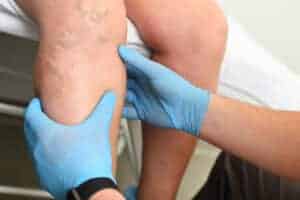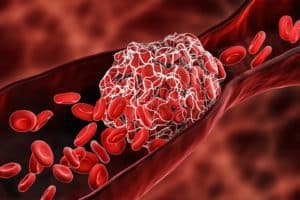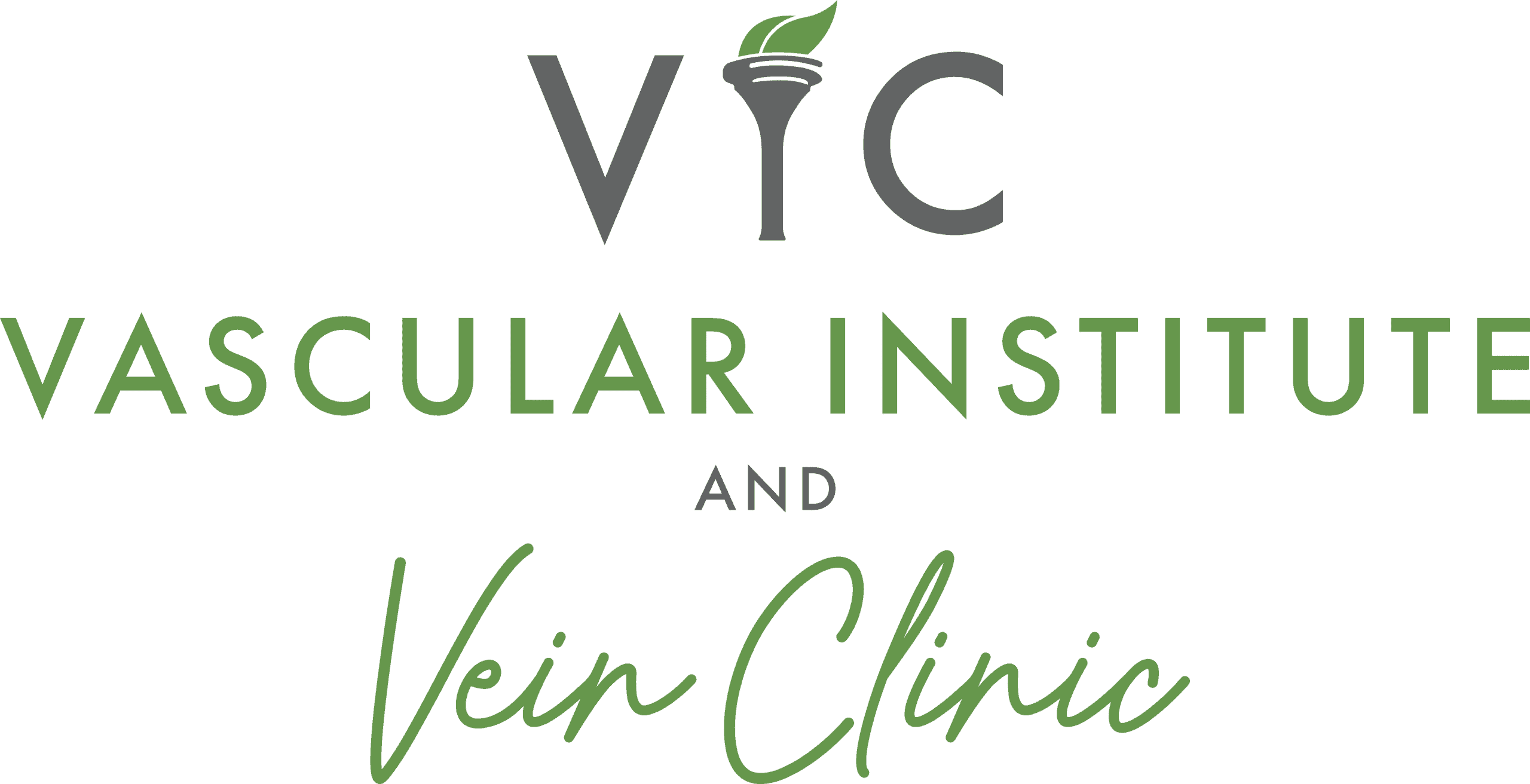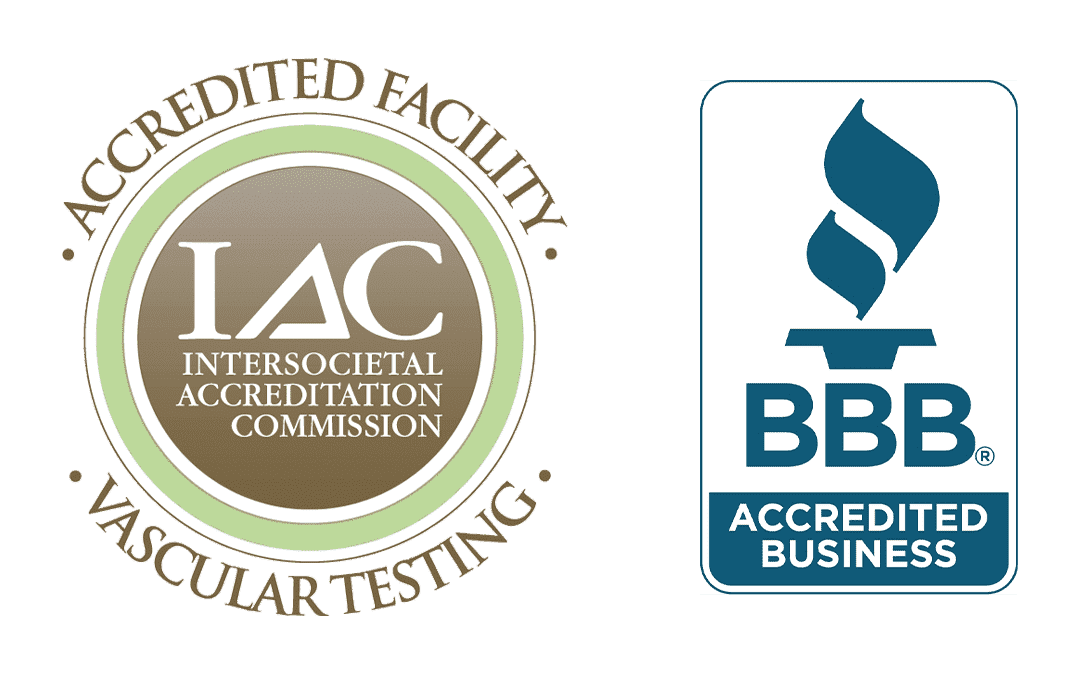|
|
Deep vein thrombosis, or DVT, is a serious health condition that can be life threatening if left untreated. It occurs when a blood clot forms in the deep veins of the body, typically in the legs. This can impair the flow of blood and increase the risk of pulmonary embolism, which is a blockage in one of the arteries in the lungs. Knowing how to recognize and treat DVT is key to preventing more serious complications such as pulmonary embolism.
Symptoms of DVT
The primary symptom of deep vein thrombosis is pain or tenderness in one leg (or both)O. The affected area may also swell and feel warm to the touch. Other common signs include redness and/or discoloration on a portion of your skin, coughing or shortness of breath, chest pain or rapid breathing when lying down. These symptoms may vary from person to person and should be discussed with your doctor for proper diagnosis and treatment options.
Risk Factors for DVT
There are several risk factors associated with deep vein thrombosis including age, pregnancy, being overweight, smoking, family history or genetics, certain medications (especially those containing hormones), recent surgery or trauma, long periods of immobility (such as sitting for long flights) cancer or other diseases that affect blood clotting. If you have any of these risk factors, it is important to discuss them with your doctor so they can properly assess your situation and determine if you need additional testing or treatment options.
Diagnosing and Treating DVT
Your doctor will likely use imaging tests such as an ultrasound or CT scan to diagnose deep vein thrombosis. Once diagnosed, treatment will depend on how severe your condition is. Mild cases may only require lifestyle changes such as losing weight or increasing physical activity levels while more severe cases may require anticoagulant medications (blood thinners) to help dissolve any existing clots as well as prevent new ones from forming. In some cases surgery may also be recommended to remove large clots thata cannot be dissolved by medications alone.
Deep vein thrombosis is a serious condition that can lead to life-threatening complications such as pulmonary embolism if left untreated. Recognizing symptoms early on and discussing any risk factors you have with your doctor is essential for proper diagnosis and treatment options which could include lifestyle changes, anticoagulant medications or surgery, depending on severity level. It is important to take all necessary precautions if you think you might be at risk for developing DVT so that it can be treated quickly before it becomes more serious. With proper care and monitoring, patients can make a full recovery from this condition but it’s important not to ignore any warning signs so that further complications can be avoided.








